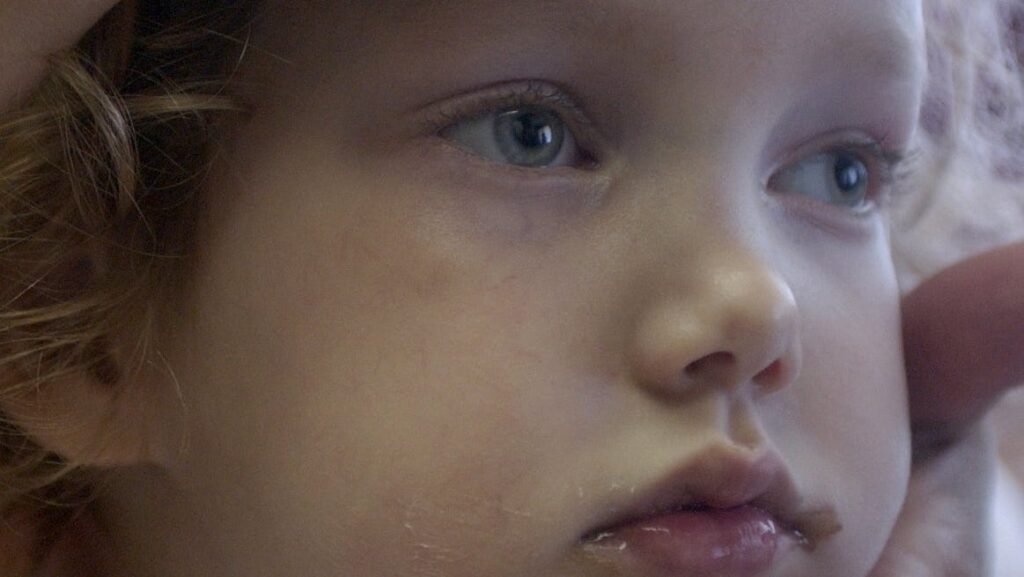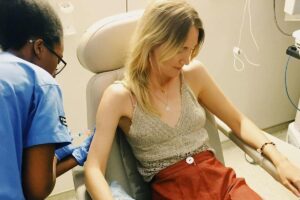
MILWAUKEE – A Menomonee Falls family is suing Children’s Wisconsin after a tragic mishap resulted in the loss of their daughter’s brain donation intended for vital scientific research.
Immediate Impact on Family and Research
The Fellenz family had long planned to donate their daughter Ashtyn’s brain to science to further research into Canavan disease, a rare genetic disorder that afflicted her from birth. Despite the disease’s grim prognosis, Ashtyn lived to 24 years old, partly due to experimental gene therapy she received at age three.
However, following her death in December, the frozen portion of Ashtyn’s brain, intended for a research facility in Ohio, was mistakenly discarded by Children’s Wisconsin, according to a lawsuit reported by WITI-TV.
Key Details Emerge
The family alleges negligence on the part of the hospital system, which they claim mishandled Ashtyn’s brain tissue. They describe the incident as a “scientific tragedy” that undermines years of research and alters the legacy they envisioned for their daughter.
“It’s already bad enough losing your child, but that was like literally losing her again, for a second time,” said Scott Fellenz, Ashtyn’s father.
Children’s Wisconsin has acknowledged the error, expressing profound regret and stating that steps have been taken to reinforce protocols to prevent future occurrences.
Background Context: Ashtyn’s Journey
Born in 2000, Ashtyn was diagnosed with Canavan disease, which causes the brain to deteriorate into spongy tissue. Her parents, Arlo and Scott Fellenz, dedicated themselves to providing her with the best life possible, enrolling her in a clinical trial for gene therapy that showed promising results.
The therapy involved injecting healthy genes directly into her brain, which helped her achieve small improvements in motor skills and brain function. Despite these advances, Ashtyn required constant care and support throughout her life.
Expert Analysis and Industry Response
Paola Leone, a researcher closely involved with Ashtyn’s case, emphasized the potential impact of her brain tissue on future therapies for Canavan and other neurodegenerative diseases.
“Her powerful voice, encrypted in her DNA, will deliver life-saving messages while her cells are preserved and living,” Leone remarked.
Ashtyn’s brain tissue was initially intended for the Living Biobank at Dayton Children’s Hospital in Ohio. The delay and eventual loss of the tissue have raised questions about procedural oversight at Children’s Wisconsin.
What Comes Next for the Fellenz Family
The Fellenz family continues to process their loss, focusing on preserving Ashtyn’s legacy through initiatives like Ashtyn’s Hope, which provides medical equipment to children with Canavan disease worldwide.
“It meant everything to have that legacy for her,” Scott Fellenz stated, highlighting the importance of their ongoing advocacy.
While the family seeks answers and accountability, they remain committed to honoring Ashtyn’s life and contributions to scientific research.
The case continues to unfold as the family and legal representatives navigate the complexities of the lawsuit, seeking justice and closure for the loss of a donation that could have advanced understanding of a devastating disease.





